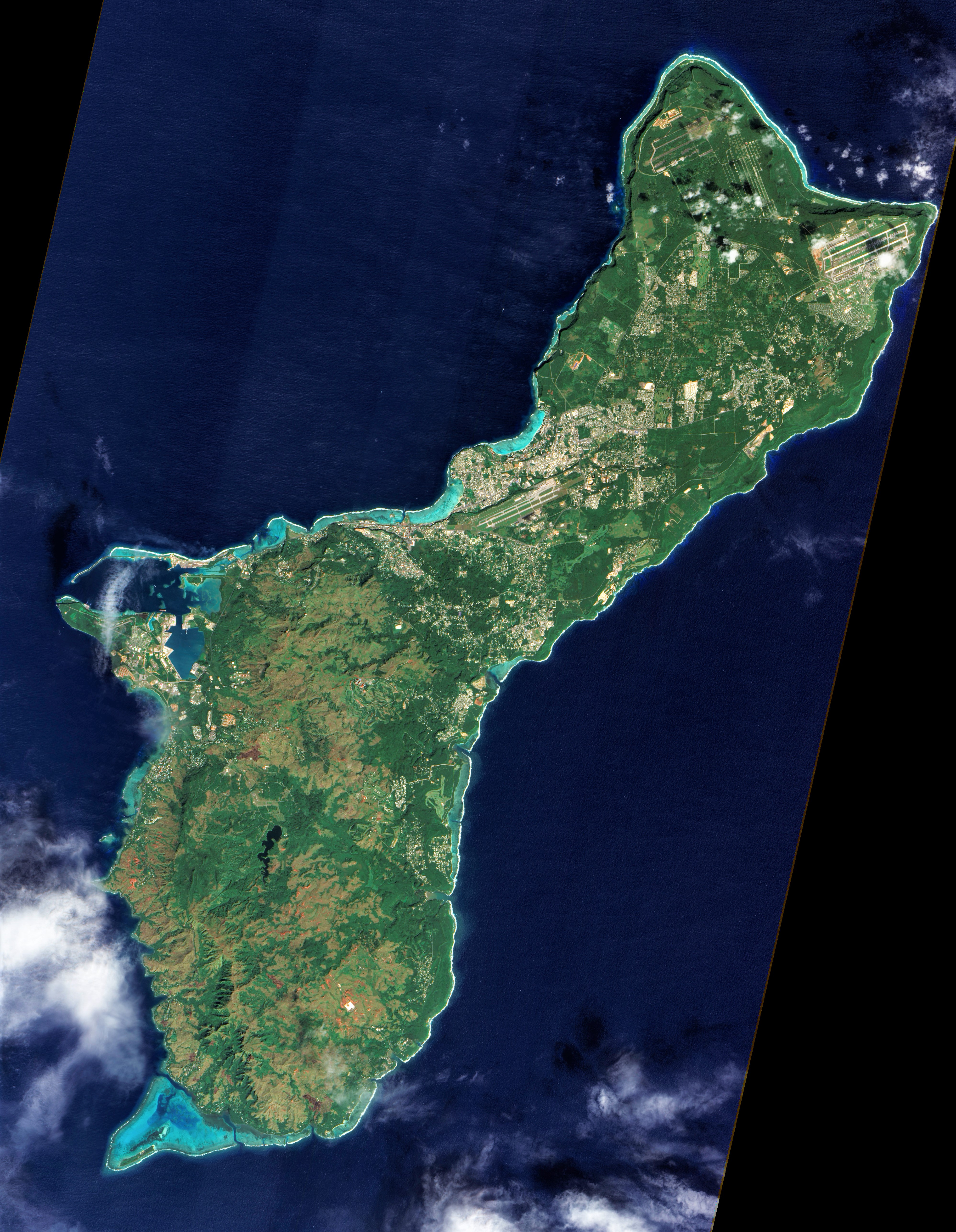As of now, one of the most pressing issues in Guam is lack of affordable housing. An increasing number of people are finding themselves unable to afford houses on the island due to rapidly rising prices over the past couple of years. The prices continue to rise due to a number of things, but they’re all related to low supply and increasing demand. First of all, building houses on Guam is expensive. The island is quite small, and there isn’t very much developed land. When a house is built, materials have to be imported from overseas, which can be very expensive. Additionally, construction workers are oftentimes hired from off of Guam. However, construction projects for the military bases on Guam pay more than building houses, so there are less construction workers available for housing projects. Another contributor to rising prices is that the housing market on Guam caters to military members. The US military has a large presence on Guam, and military members can often afford to pay more than Guamanians for housing on Guam. Between their board and housing stipend and their access to VA loans, Guamanians can’t compete for housing. This is leading to many people from Guam leaving the island so they can afford to live.




